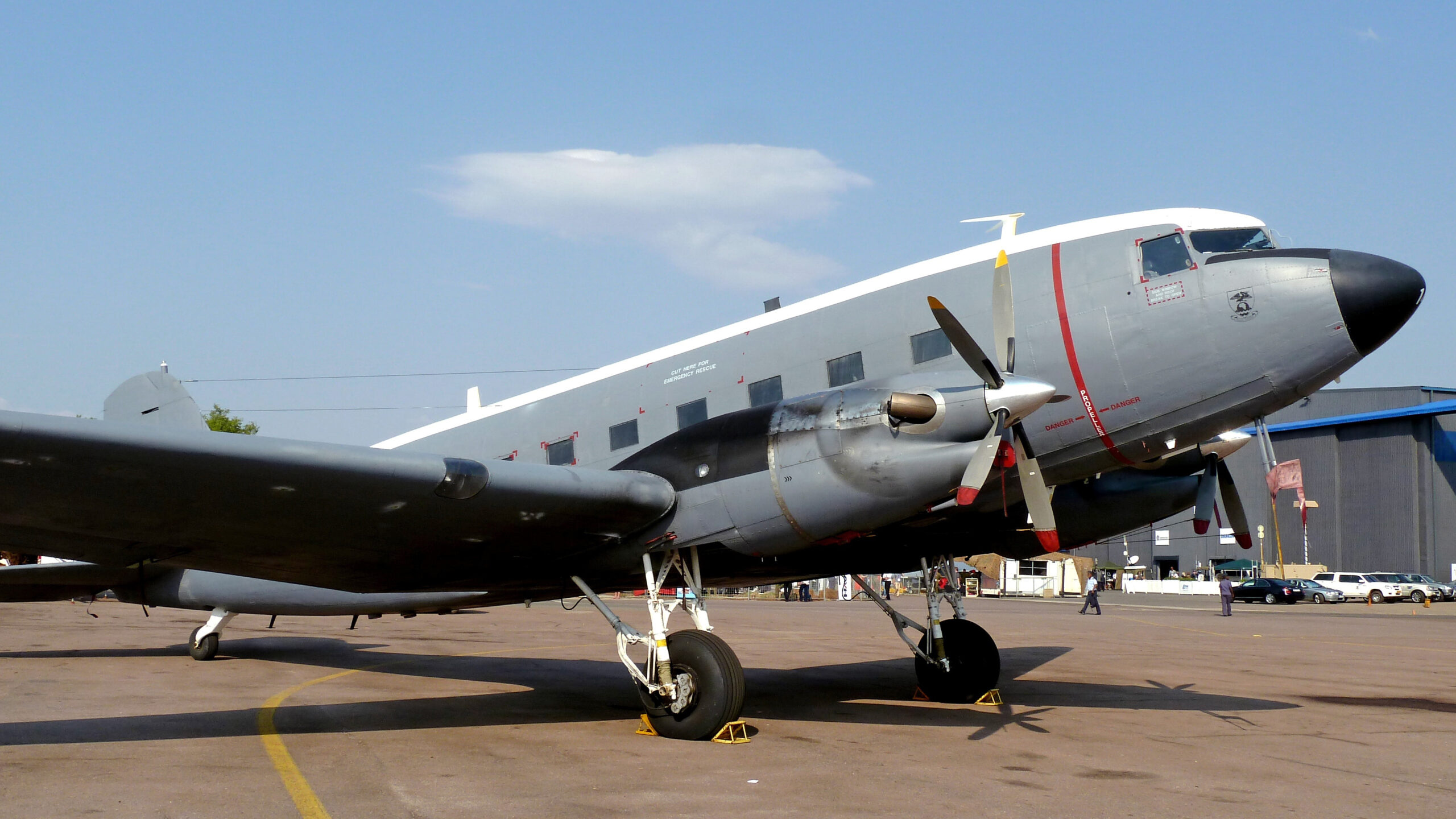After an extraordinary career spanning more than 80 years of service, and plenty of operational missions, the South African Air Force (SAAF) is preparing to retire its last C-47 Dakotas. Remarkably, the SAAF is moving to discard its C-47s while, at the same time, elsewhere around the globe, turboprop versions of the venerable transport continue to win orders.
The South African military news site DefenceWeb reported that the final operator of the SAAF Dakotas, 35 Squadron, based at Ysterplaat, Cape Town, was informed this week that “the aircraft will be phased out” for good. The decision is yet to be formally announced by the SAAF but looks set to confirm the fate of the service’s Dakotas, which have now been grounded for around two years.
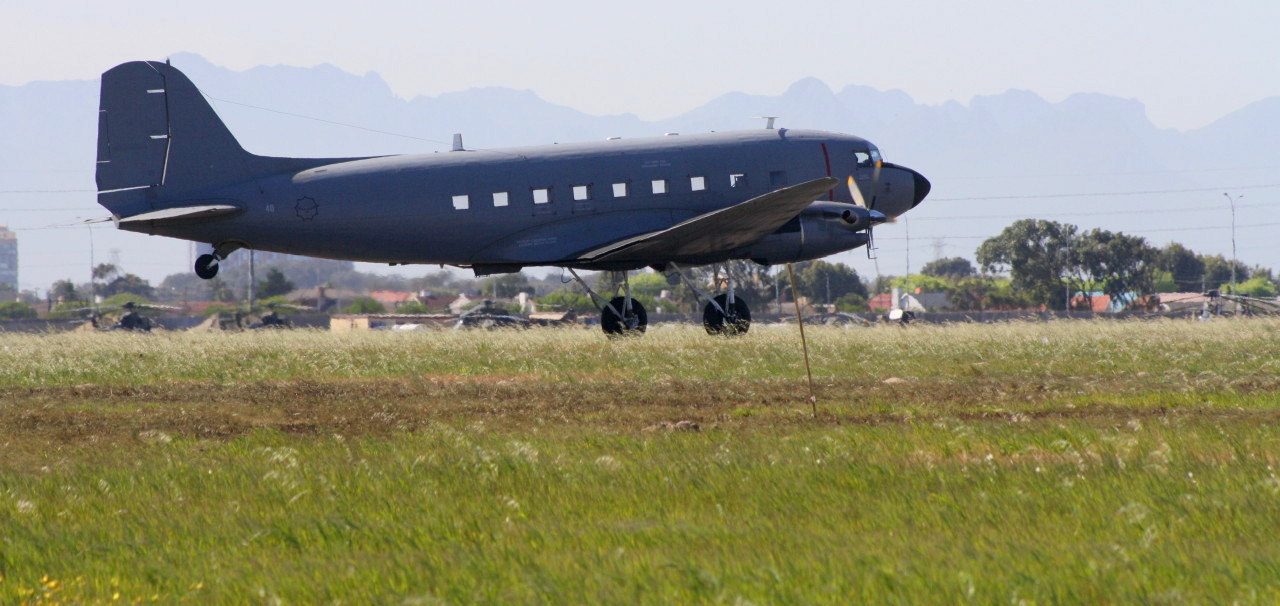
The squadron still has eight turboprop-engine C-47TPs on its books but these have been grounded since the SAAF failed to find a suitable maintenance provider.
In the meantime, the fleet had been whittled down to five aircraft that were retained in a serviceable status, meaning that they could potentially fly again in the future. These aircraft comprised three in a maritime surveillance configuration and two standard transports. At least some of these aircraft regularly conducted ground engine runs.

In the fall of last year, Armscor, South Africa’s state arms procurement agency, warned that the Dakotas may never fly again.
“The Dakota C-47TP is a very old aircraft, thus the support for this aircraft is very limited in South Africa and the world,” Armscor stated at the time. “Due to the age of the aircraft, it is no longer supported by the OEM [original equipment manufacturer]. There are no AMOs [aircraft maintenance organizations] with a Dakota C-47TP stipulated on the Operational Specification.”
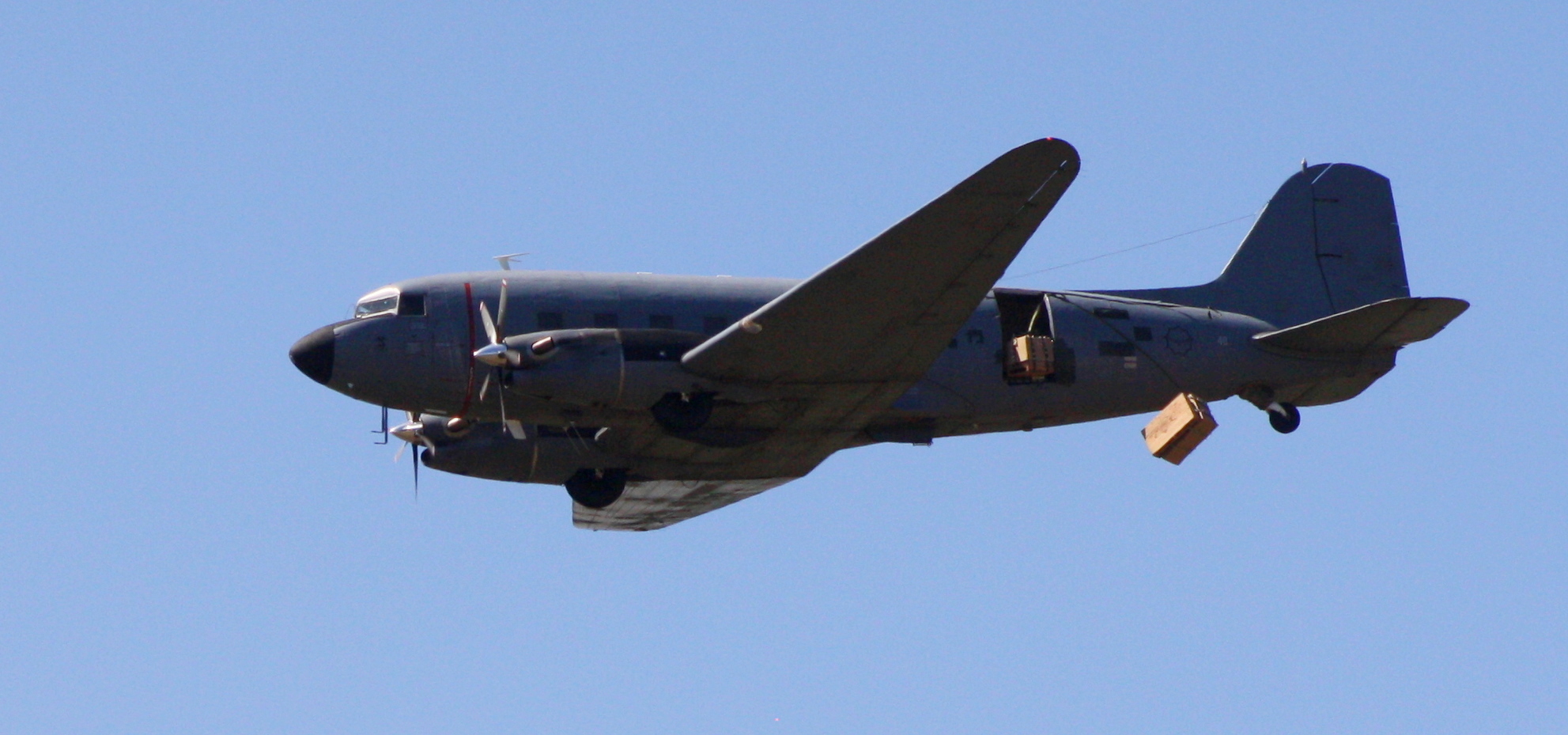
Since 2018, Armscor has repeatedly sought a maintenance contract to support the veteran Dakota fleet. These all ended in failure, with the result that the aircraft will now very likely never fly again and will be disposed of.
The story of the Dakota in SAAF service stretches all the way back to 1943 when the service was fighting in World War Two. Most extraordinary, perhaps, is that among the very last Dakotas operated by the SAAF, most had been delivered during that conflict, having started life as C-47s manufactured for the U.S. Army Air Forces (USAAF).
The SAAF’s Dakota fleet, however, saw its most extensive combat service during the long-running conflict in South West Africa (now known as Namibia) and Angola, supporting South African Defence Force (SADF) units during the so-called Border War between 1966 and 1989. The SADF relied heavily on the Dakota for troop transport, resupply, medical evacuation, paratrooping, and other missions, its importance was heightened by the sanctions on Apartheid South Africa that complicated the procurement of alternative equipment.
By the 1980s, the SAAF operated the largest fleet of Dakotas anywhere in the world — close to 50 in total. However, the demise of minority rule in South Africa, and the end of the Border War, saw the Dakota — and the SAAF more generally — switch increasingly to peacetime missions, especially humanitarian work. At the same time, Dakota squadrons were rationalized, and the fleet was reduced in size.
A video of the Dakota operated by the SAAF Museum, retaining its original Pratt & Whitney R-1830 piston engines:

Beginning in the mid-1980s, the Dakotas took on the maritime surveillance mission, with 35 Squadron using the type to replace the Avro Shackleton in this role, alongside its transport remit. The Shackleton MR3 was a dedicated maritime surveillance platform, but sanctions made it impossible to continue operating it after 1984.
Operated by a minimum crew of eight, including five mission specialists, the maritime-configured Dakota featured a basic mission avionics suite that included a nose-mounted Bendix radar — in fact, a repurposed weather radar — able to detect surface targets at 40 nautical miles when flying at 1,000 feet above sea level. This was allied with a simple navigation suite including an early generation GPS. Smoke markers and life rafts were provided for search and rescue missions.

Without modern radar or electro-optical sensors, the maritime Dakota crew had to get close to any ships suspected of infringing on South Africa’s 200-nautical-mile economic exclusion zone or of causing pollution. To this end, the crew members used hatches in front of the rear door.
By the early 1990s, the Dakota was as important as ever to the SAAF, and the service set about upgrading many of the survivors to ‘TurboDak’ configuration under Project Felstone. The original Pratt & Whitney R-1830 piston engines were replaced with 1,230-horsepower Pratt & Whitney PT6A-65AR powerplants, the fuselage was lengthened, and modern avionics were installed. The first C-47TP was delivered to the SAAF in August 1991 and the last piston-engined Dakotas had been retired by late 1994.

As 35 Squadron entered the new century, its Dakotas were busier than ever, with the maritime mission complemented by paratrooping, target towing, scheduled passenger services, aeromedical evacuation, and logistical support. More covert missions were also flown, including photo-reconnaissance and intelligence-gathering, the later mission being flown by a specially modified electronic warfare version of the C-47TP.
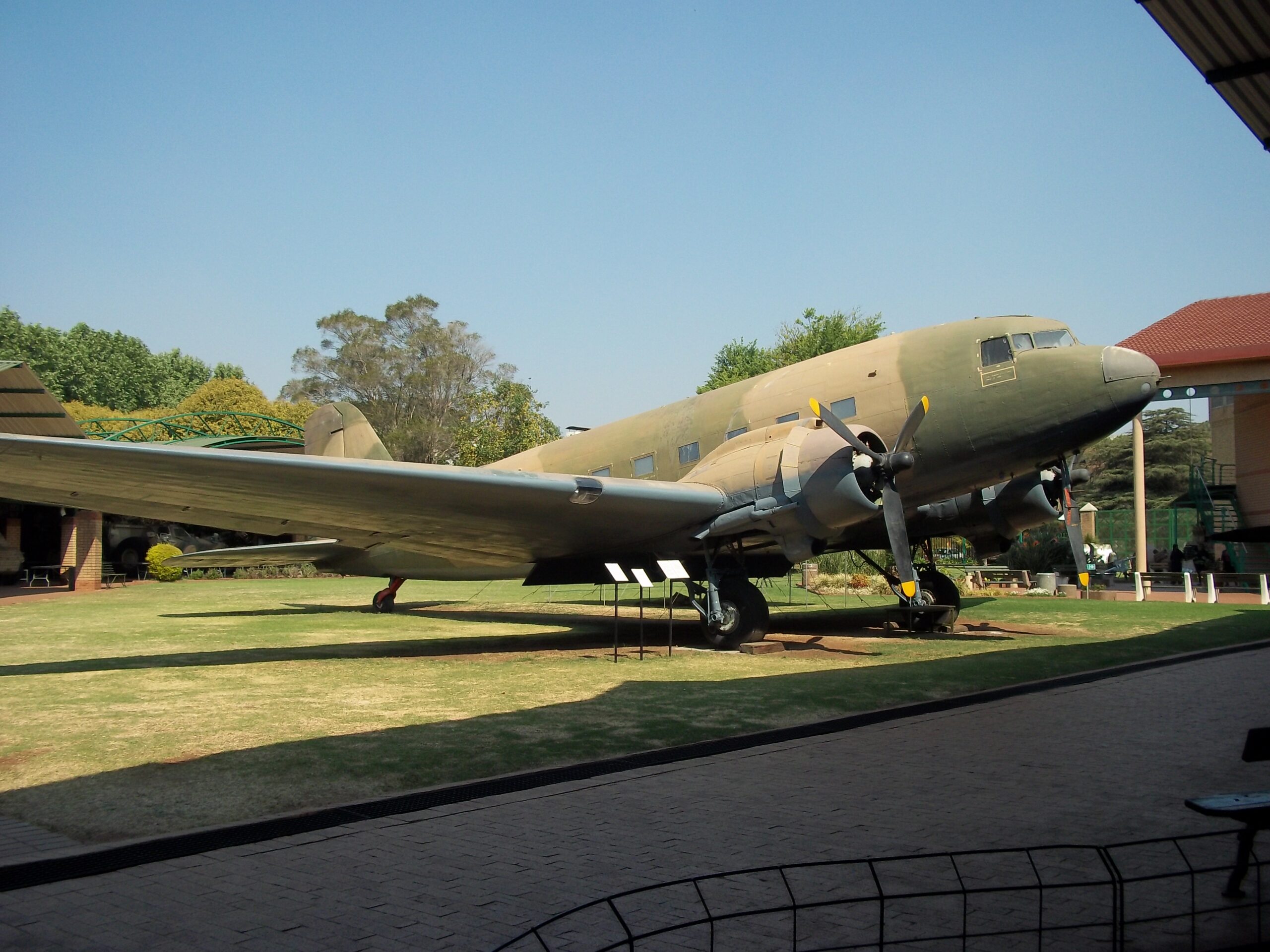
Efforts were made to find a successor to the Dakota in the maritime surveillance role, including under Project Saucepan, and Airbus offered versions of its CN235 and C295 twin-turboprop aircraft.
However, as the SAAF has come under increasing budgetary pressure, these ambitions have not been realized.
Not only has the Dakota fleet been long-term grounded, but as of October last year, the South African Ministry of Defense confirmed that 85 percent of the entire SAAF fleet was out of action. The aircraft in question were either grounded or non-serviceable, undergoing repairs, awaiting major rebuilds or repairs, or had been grounded due to their age. Most alarmingly, only two of the SAAF’s 26 JAS 39C/D Gripen fighters and three of its 24 Hawk advanced jet trainers were available.
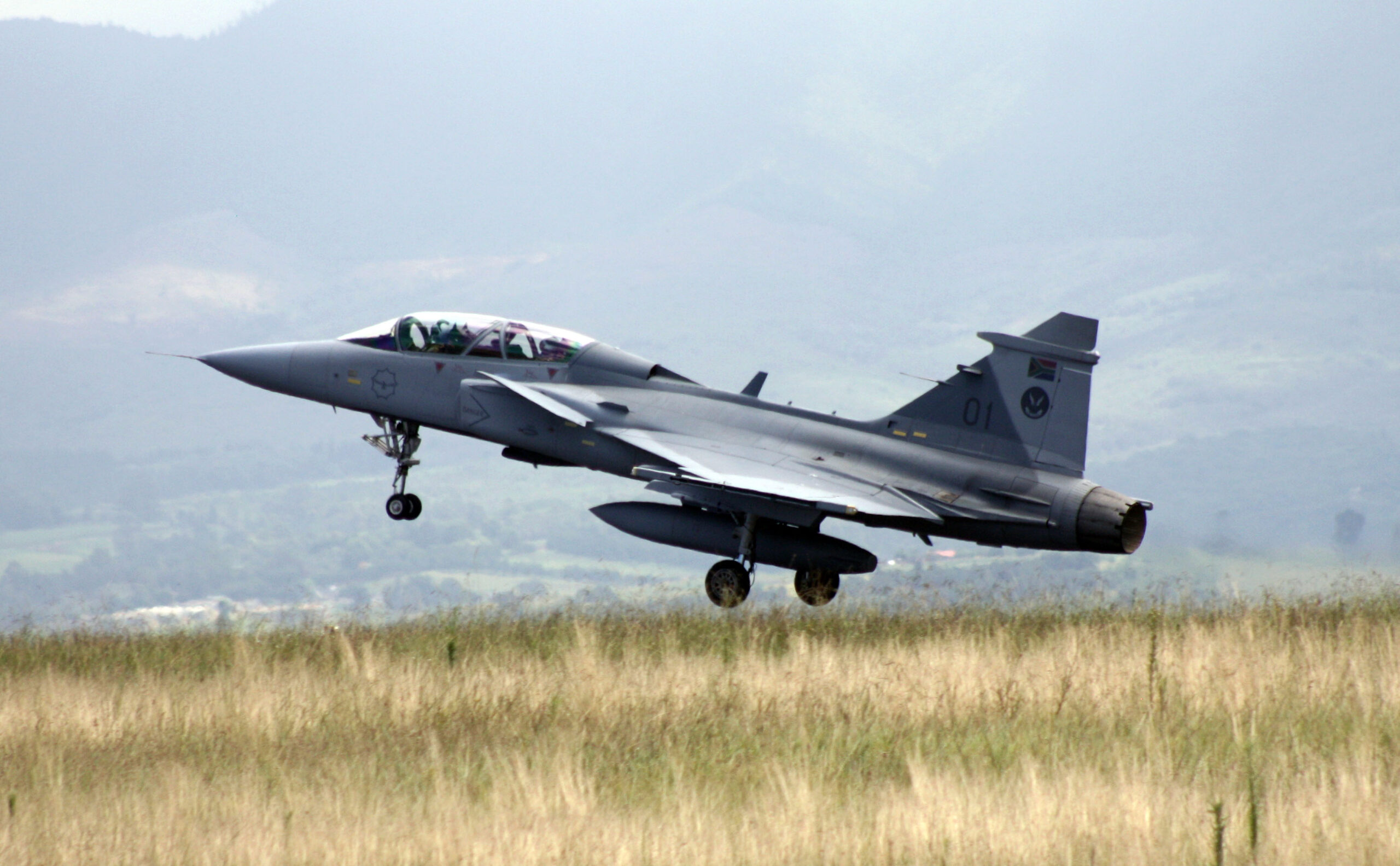
The main issues behind this worrying situation are a lack of spares and budget constraints that meant repairs simply can’t be carried out. In the most high-profile example, the entire Gripen fleet was grounded between April 2021 and September 2022 after maintenance contracts lapsed amid budget cuts.
Against this backdrop, the final withdrawal of the Dakota is a symptom of much wider problems that have seen the SAAF mismanaged and neglected.
It’s unclear exactly when the Dakota will be formally withdrawn, but, in a sign of hope for the future, it appears that 35 Squadron will not be disbanded and its crews may even begin operating another type to retain currency. However, if and when a genuine replacement for the Dakota arrives is equally uncertain.
That said, elsewhere, at least, the C-47 looks set to extend its military career further still. The Basler BT-67, a turboprop conversion very similar to the C-47TP, was recently approved by the U.S. Department for sale to Argentina. An undisclosed number of BT-67s will be procured by Argentina for airdrop and airlift in support of its Antarctic operations. With continued use for the aircraft, the possibility of the C-47 series recording a century of military service shouldn’t be ruled out.
Contact the author: thomas@thewarzone.com
